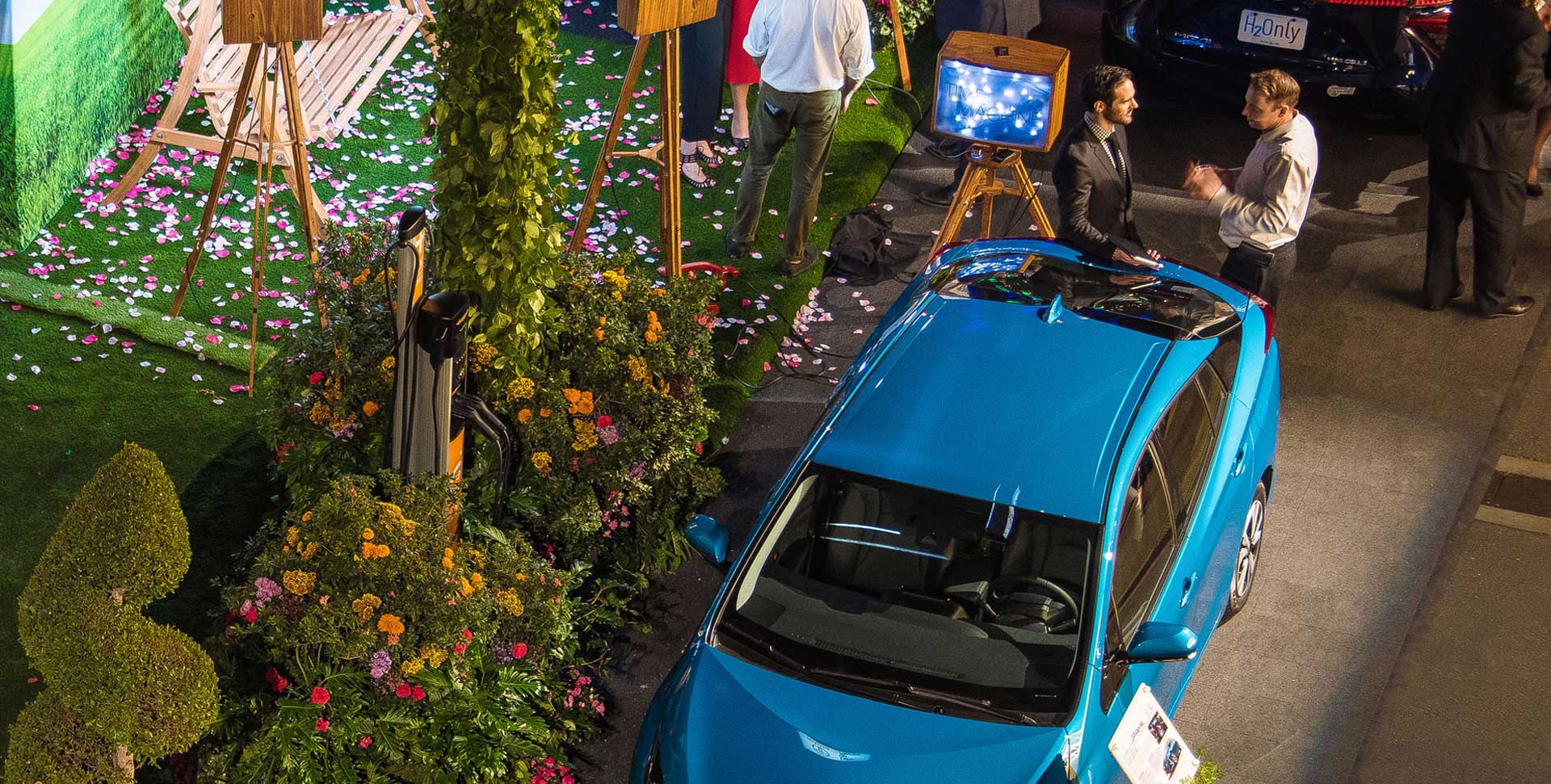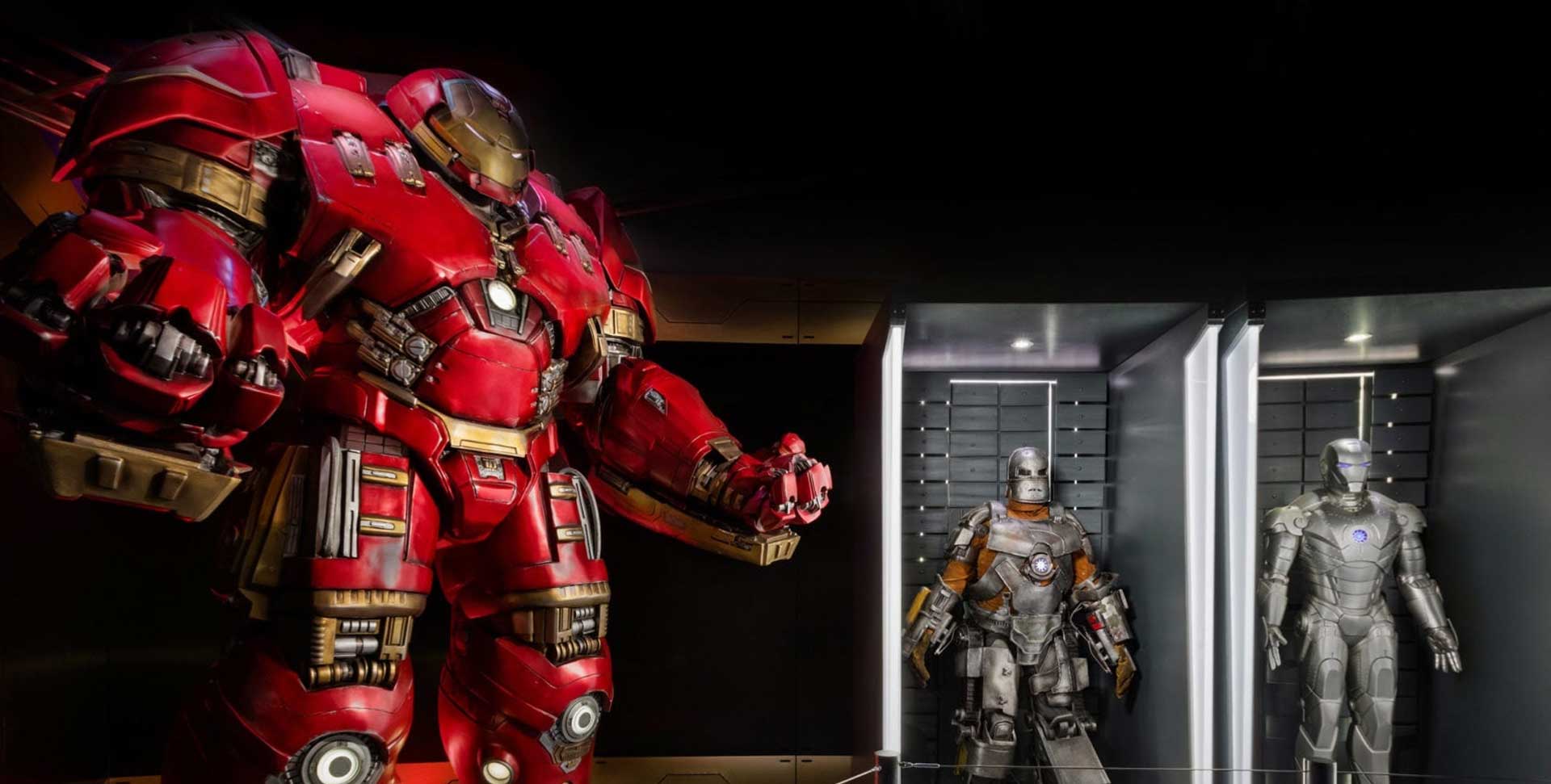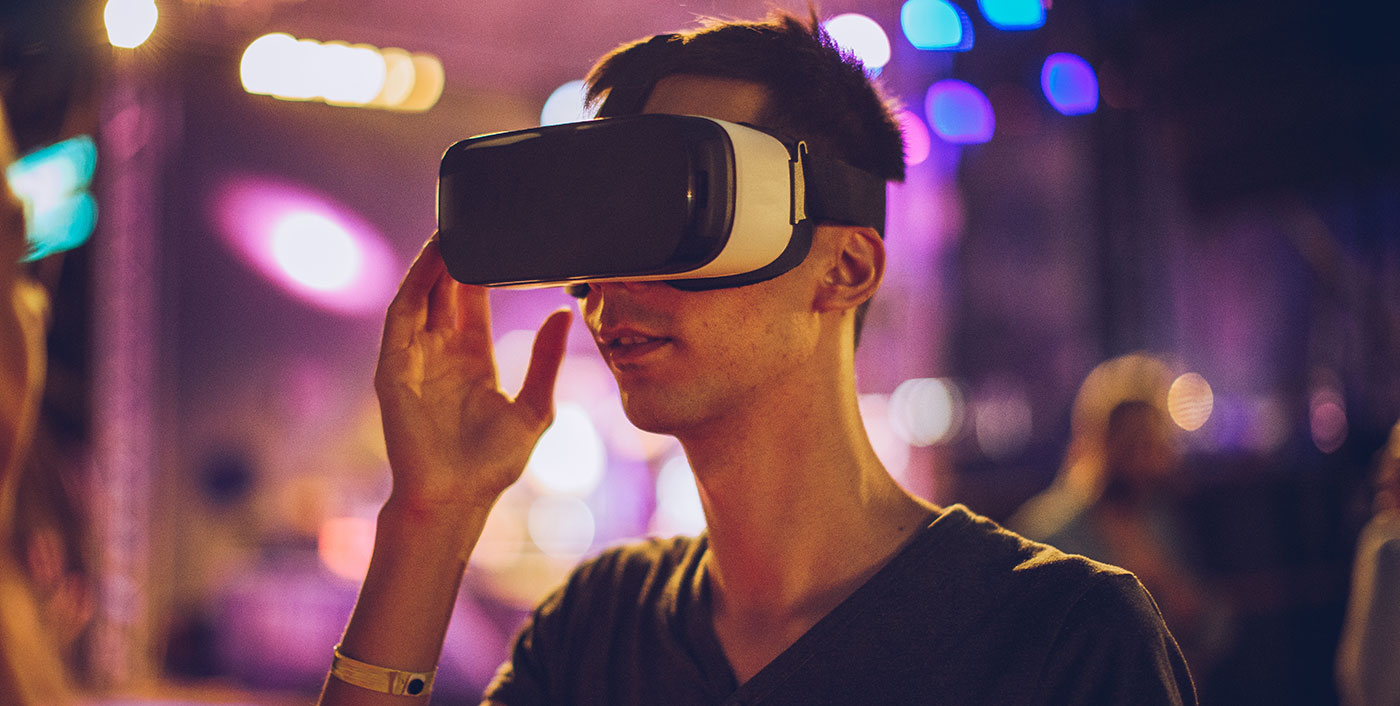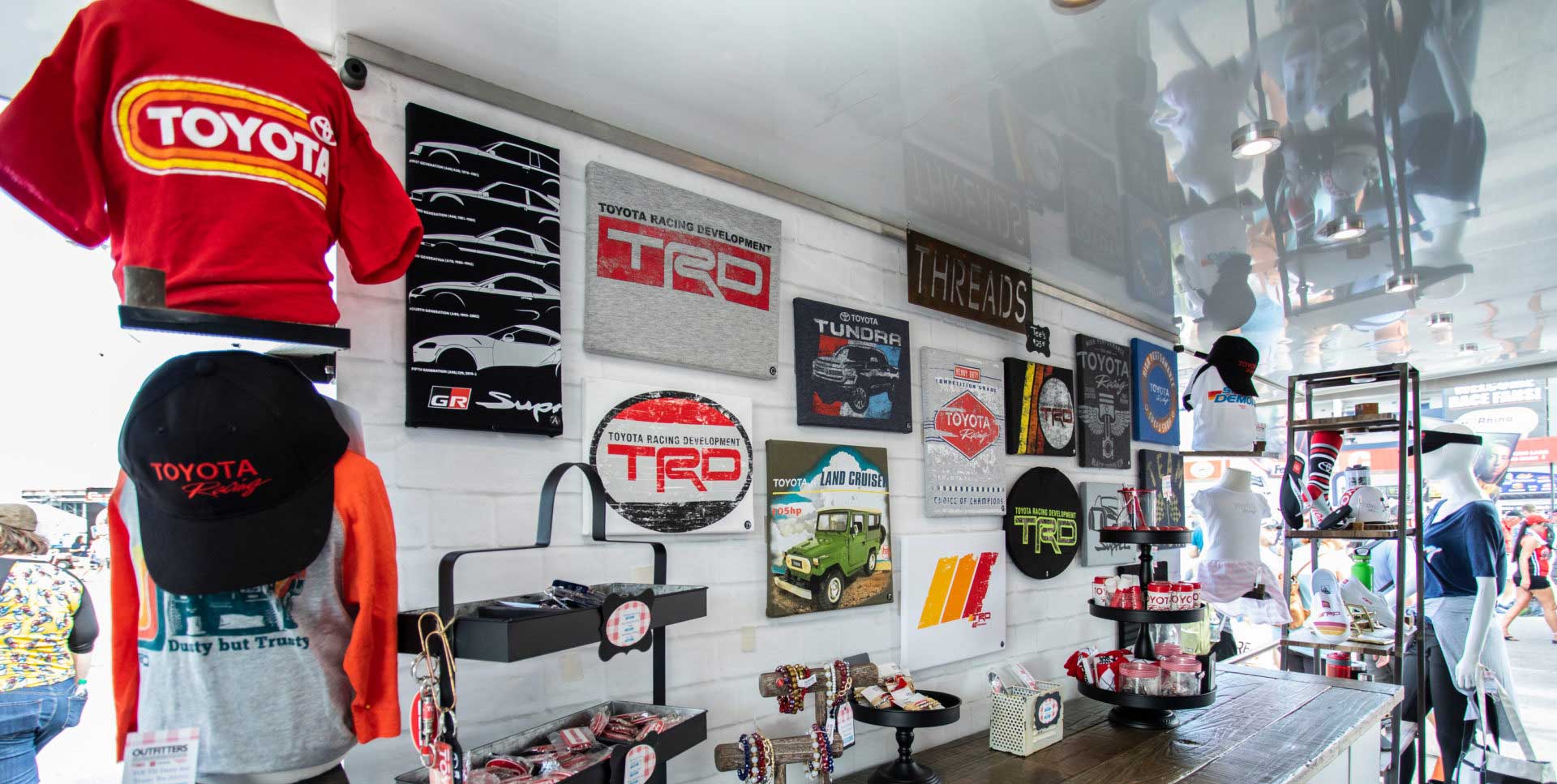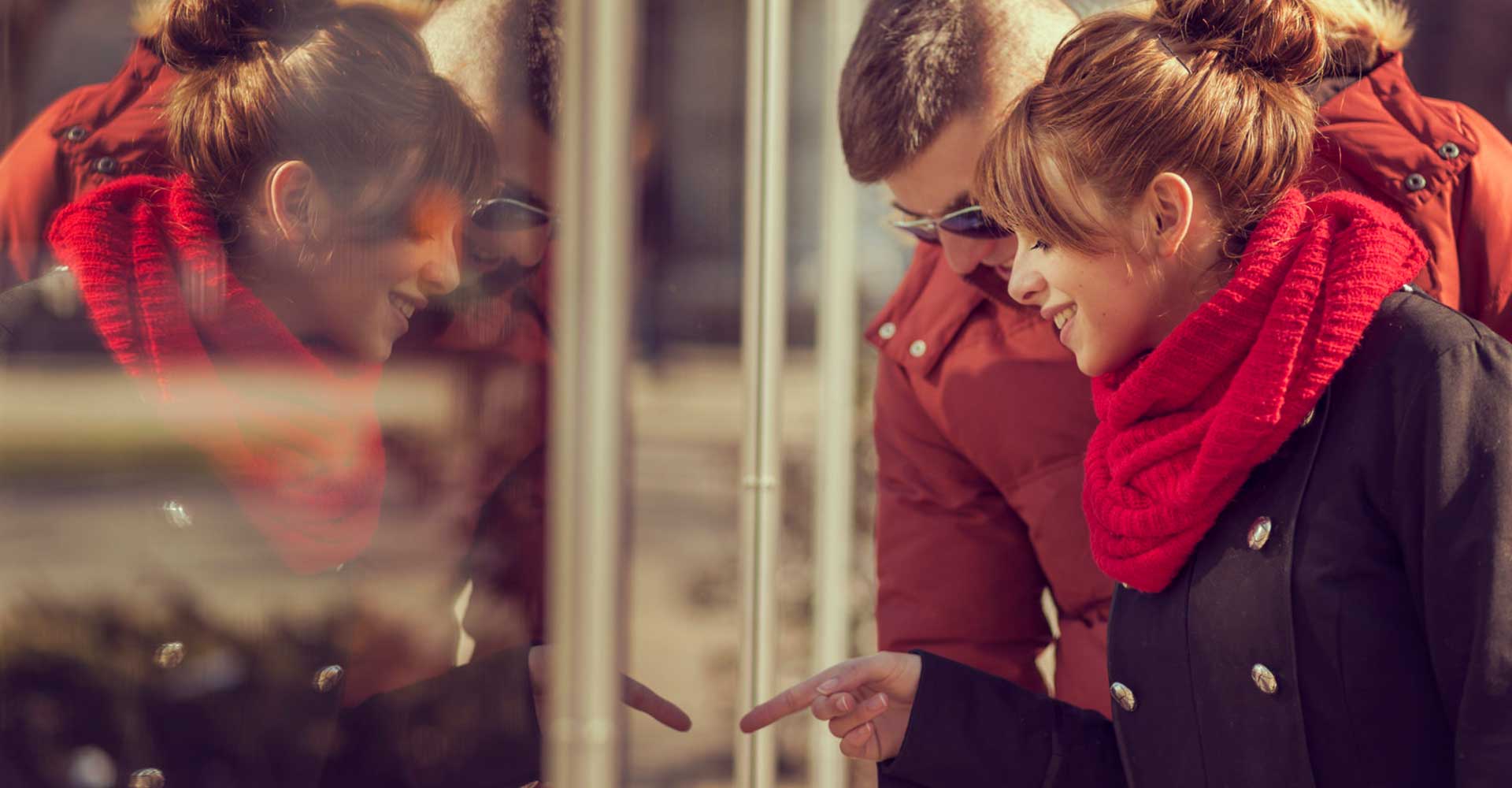
4 Ways Pop-Up Shop Marketing Can Work For Your Business
It might be easy to discount the pop-up shop idea – maybe you think it’s expensive, a logistical nightmare, complicated to pull off, or all around too risky. The common mistake here is that in this scenario, “risky” is actually a tricky synonym for “unknown” that causes us to stop ourselves before digging into the details.
It’s like personal finance or learning how to code: it seems daunting at first glance, but when broken down, the process takes a bit of effort to create something great. Feast your eyes on the facts: pop-up marketing requires less commitment than long-term retail, can be pulled off expertly with minimal cost, and has the potential to earn you and your brand major buzz.
Pop-up shops are a major opportunity – we’re here to tell you exactly why, how brands are seeing results, and how you can rise to the occasion without breaking a sweat.
It Won’t Break the Bank
Utilizing temporary retail locations allows a brand to access a traditional business-t0-consumer approach without shelling out crazy amounts of capital to open a permanent location. Specifically, this means no long-term leases, and no need to stock your shelves (and warehouses) with inventory that may or may not sell. Having the ability to build a pop-up in a matter of days is a game changer.
The Setting Creates Urgency
Oooh these new lip stains will only be available for a week? Better grab a few quick, since I know I can’t stop by in a month or whenever I might feel like trying them out. It’s very likely that people will check out your pop-up shop only one time in the period it’s available and they know it, meaning buyers are more likely to spring into a purchase. Tap into the innate human desire to take action against scarcity.
Everyone knows pop-up shops are temporary – and by making that end date visible and apparent, you’re giving shoppers a reason to buy now and deliberate later. Planning for a short time frame, and giving a sense of exclusivity (ie. a certain number of people allowed in at a time) can add to the appeal and perceived coolness factor. There’s a reason people are so excited to get their hands on a pumpkin-spiced latte that they’ll drink one in a 104 degree subway car – it’s only available for a few months a year.
You’re Going to Stand Out
Innovative brands are always looking to set themselves apart from the crowd, and a pop-up shop is a prime way to do just that. By having an on-the-go location, brands can use this as an opportunity to be way more creative than they otherwise would be. Marc Jacobs, for example, accepted “social currency” (tags on Instagram, etc.) as payment at the brand’s pop-up location promoting a new fragrance.
Getting personal with clients can also be key. By offering guests the opportunity to come in and create something that is unique to them is bound to increase brand loyalty and engagement.
Take the St.Ives popup that recently made its mark in NYC. MC² created a space where the brand could offer custom-made skin products to match the skin type of each and every individual who stopped by.
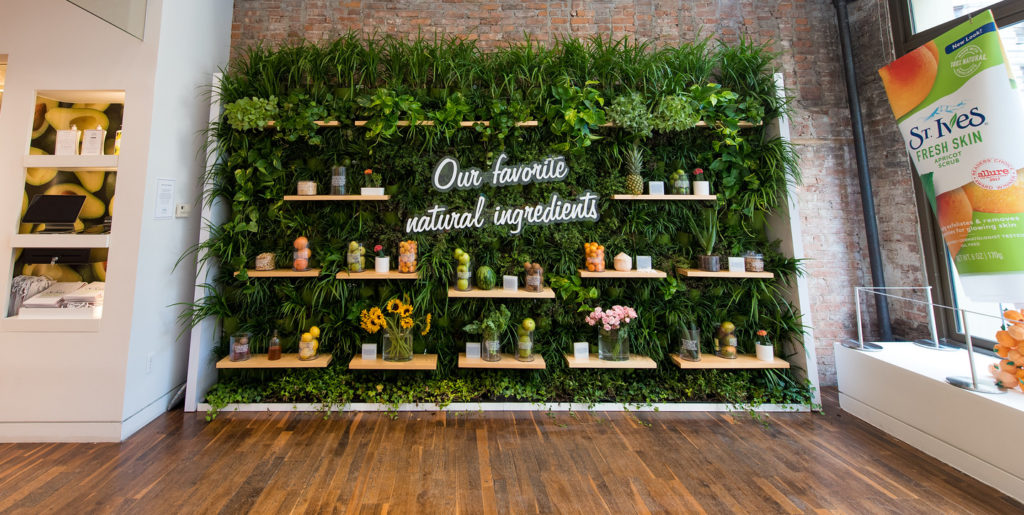
Our work with the Magnum ice cream pop-up in SoHo took a similar approach by offering New Yorkers the opportunity to customize bars with seriously indulgent toppings like rose petals, gold crystal candy, and Himalayan salt. Something must be sticking – this is the third year the Magnum pop-up has made a summer appearance in the big apple.
Other brands have experimented with food trucks, or shops that sell only one product, to increase brand awareness and generate traction around a new product. The takeaway: pop-up shops should be like your brand – unique, fun, and focused on each individual who walks in.
How to Reap Pop-up Marketing Rewards
Pop-up shops are bringing in an estimated of $45 to $50 billion in annual revenue. Aside from this obvious draw – instant sales – pop-up shops are huge for brand awareness and consumer loyalty.
By inviting customers inside a little temporary world of exciting and new products, your brand is engaging with them in an intimate and often truly immersive way.
Brands love that they can take risks, engage customers in a stimulating new environment, drive social engagement (come up with a new hashtag!), and of course, increase sales and buzz around a new product launch or seasonal trend.
Interested in learning more about our take on the growth of pop-up shops? You can find it right here.

